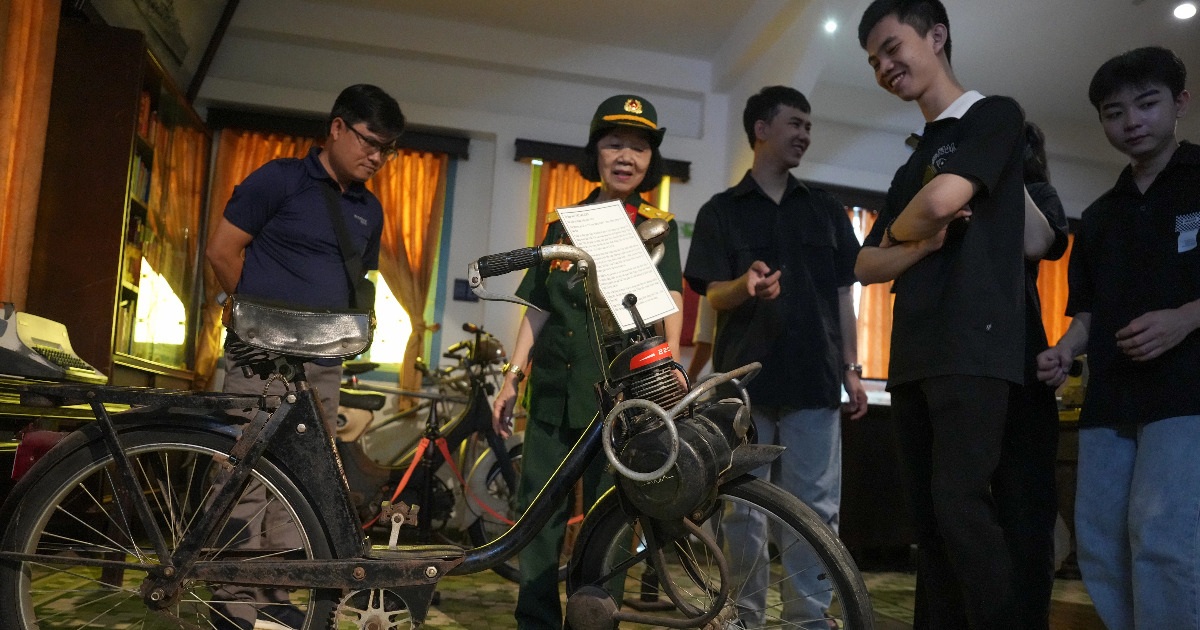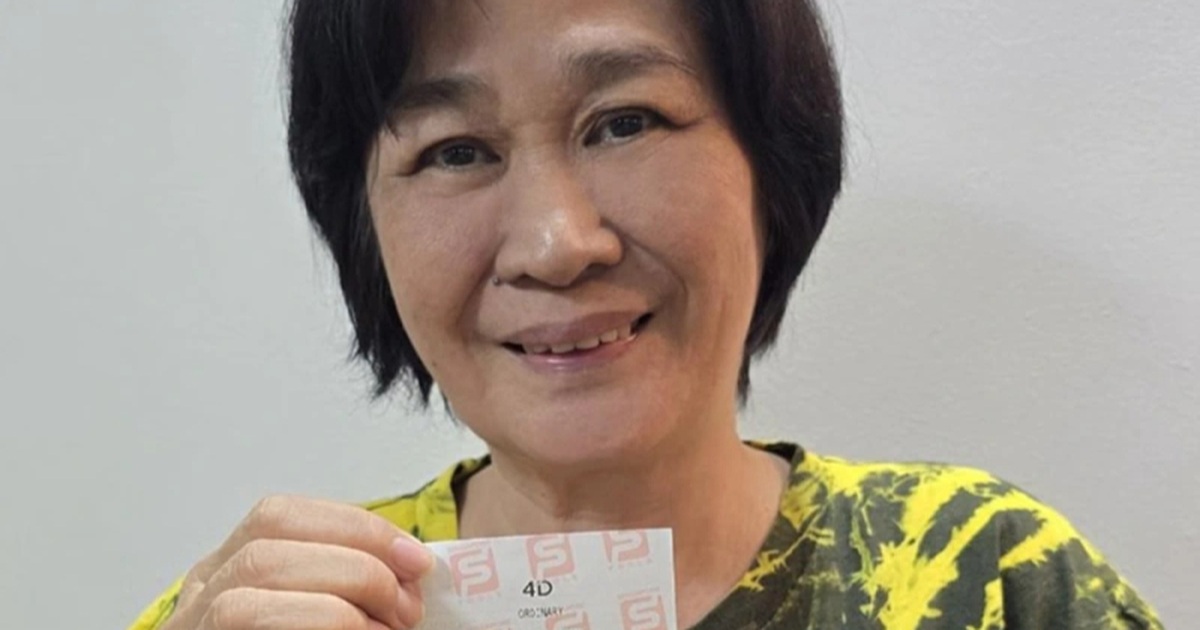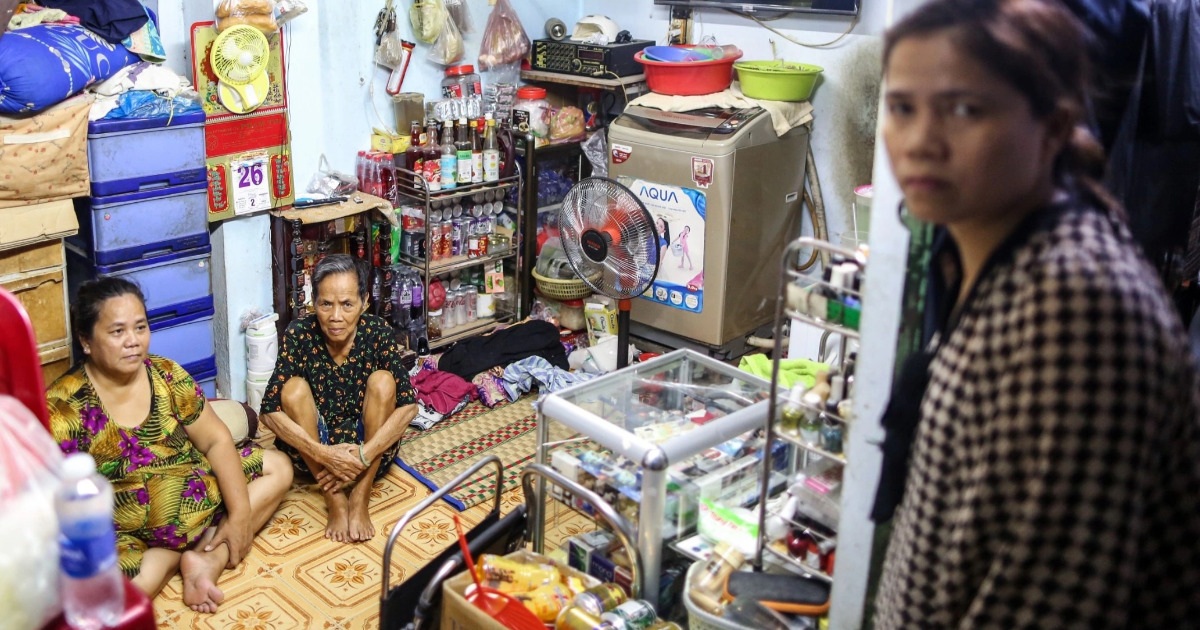In the heart of old Saigon, special forces soldiers used unique “weapons” to achieve silent but crucial victories. The Saigon-Gia Dinh Special Forces Museum not only preserves precious relics but also tells heroic stories of the courage and intelligence of revolutionary fighters.
Special Weapons: Creativity Instead of Guns
Unlike typical military museums filled with guns and explosives, the Saigon-Gia Dinh Special Forces Museum displays everyday items like bicycles, cameras, thermoses, and typewriters. These were the “special weapons” of the special forces during the anti-American resistance era.
Special weapons of “District Chief” Dũng Râu – cameras, pens, and carving knives used to create fake documents.
Warrior Lâm Quốc Dũng (Dũng Râu), known as the “district chief,” used these simple tools to produce nearly 300 identity cards and fake papers. These documents helped fighters move from bases into Saigon’s urban areas openly. Ms. Trần Thị Yến Ngọc (pseudonym Thu Bà Điểm) recalled her transformation into a Saigon schoolgirl thanks to Dũng’s talent: “I became a girl from Trưng Vương School, wife of an officer…”
Beyond documents, the special forces also invented unique communication methods. Mrs. Nguyễn Thị Phương, secretary to General Trần Hải Phụng, developed two types of secret ink: hidden ink and developer. This allowed secret messages to pass through checkpoints undetected.
Bottles of hidden ink and developer – secret weapons in communication.
Relics That Tell Stories: Each Artifact Is a Historical Tale
The Saigon-Gia Dinh Special Forces Museum houses around 300 valuable artifacts, each telling inspiring historical stories. From a French-made Velosolex bicycle to an Olympia splendid 33 typewriter, all demonstrate the creativity and resilience of the special forces.
The Velosolex bicycle of soldier Thu Ba – a means of transporting tons of supplies between the war zone and the city.
Notably, the museum itself is a historical site. Built in 1963 by special forces soldier Trần Văn Lai, it was once a secret base for revolutionary activities. Today, his son, Mr. Trần Vũ Bình, has preserved its architecture and recreated the space so visitors can experience the atmosphere of a revolutionary base from that time.
Contractor Trần Văn Lai’s work permit – a symbol of perfect cover for revolutionary activities.
Historical Significance and Educational Value
The Saigon-Gia Dinh Special Forces Museum is not just a repository of relics but also a red educational site for instilling patriotism in the younger generation. Every artifact and story reflects the spirit of unity, bravery, and exceptional intelligence of the special forces in the national liberation struggle.
Visit the museum to hear vivid historical tales and gain a deeper understanding of the silent contributions of these revolutionary heroes!
Source:
Dantri.com.vn



